As an assistance dog handler, I understand the importance of these incredible animals in the lives of individuals with disabilities. To ensure the safety and well-being of both the dog and the handler, here are some guidelines you should follow when you encounter an assistance dog team.
Dos:
- Respect Their Space: Assistance dogs are trained to perform critical tasks for their handlers. Please don’t touch, talk to, feed, or otherwise distract the dog while it is working. Allow the dog to focus and perform its duties safely.
- Engage with the Handler: If you wish to interact with the dog, first speak to the handler. Some handlers may permit petting but always ask for permission. If allowed, avoid patting the dog on the head; instead, stroke it on the shoulder area.
- Understand the Importance: Recognize that an assistance dog is as vital to a disabled person as a wheelchair or cane. You wouldn’t ask to pet their wheelchair, so don’t be offended if they decline your request to pet their dog.
- Give Right of Way: Assistance dog teams have the right of way in public spaces. Be mindful and yield to them to avoid disrupting their tasks.
- Help When Requested: If the handler asks for assistance, please do so. They will guide you on how to best help them and their dog.
- Alert the Handler: If an assistance dog approaches you without its owner, this may signal a problem. Stay calm, and inform the handler if their dog approaches you alone. It could be a sign that assistance is needed.
Don’ts:
- Don’t Approach with Children: Avoid allowing your children to approach an assistance dog, as this can distract the dog and interfere with its work.
- Don’t Treat Them as Pets: Remember that these dogs are working animals. Give them the respect they deserve as dedicated service animals.
- Don’t Give Commands: Never issue commands to the dog; allow the handler to do so. This helps the dog stay focused on its responsibilities.
- Don’t Offer Food: Refrain from giving food to an assistance dog. It can be highly distracting, disrupt their feeding schedule, and even pose health risks due to allergies or dietary restrictions.
- Don’t Ignore an Unaccompanied Assistance Dog: If you encounter an assistance dog without its owner, pay attention. This behavior may indicate the dog needs help, and you should follow the dog to find its owner.
Additional Considerations:
Remember that respect, privacy, and empathy go a long way. Avoid taking pictures, staring, pointing, or making personal comments about the handler or their dog. Health matters are personal, and comments from strangers can be uncomfortable or hurtful. The best way to support the handler and their service dog is by respecting their space and right to privacy.
By following these dos and don’ts and showing consideration for the handler and their assistance dog, you contribute to a more inclusive and supportive community for individuals with disabilities.
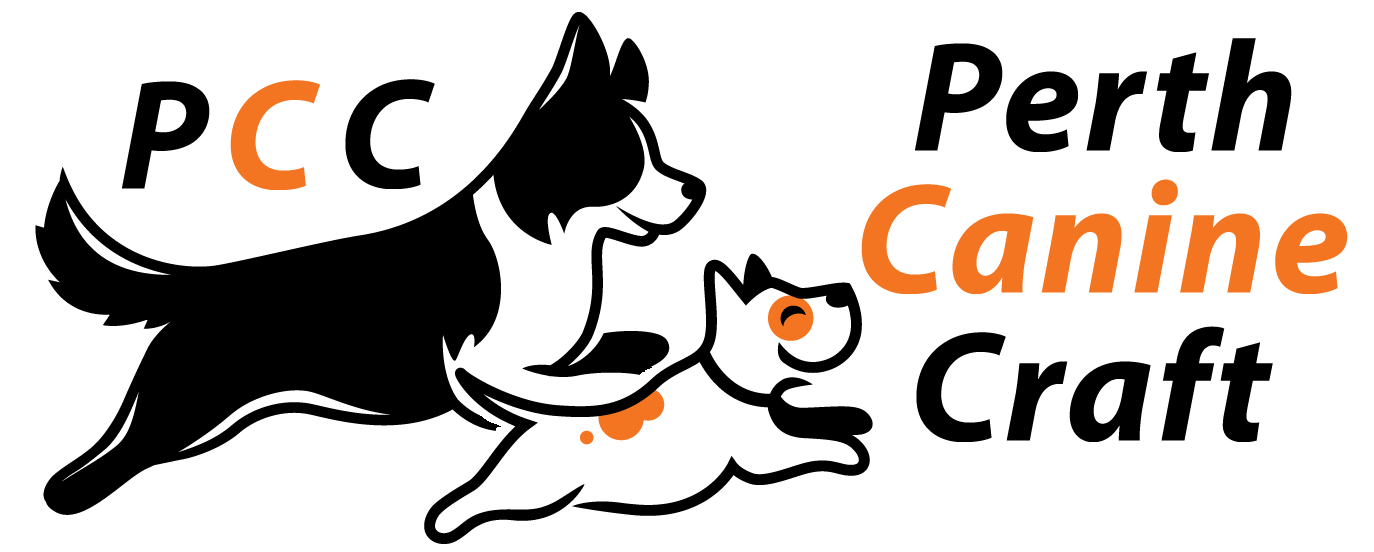
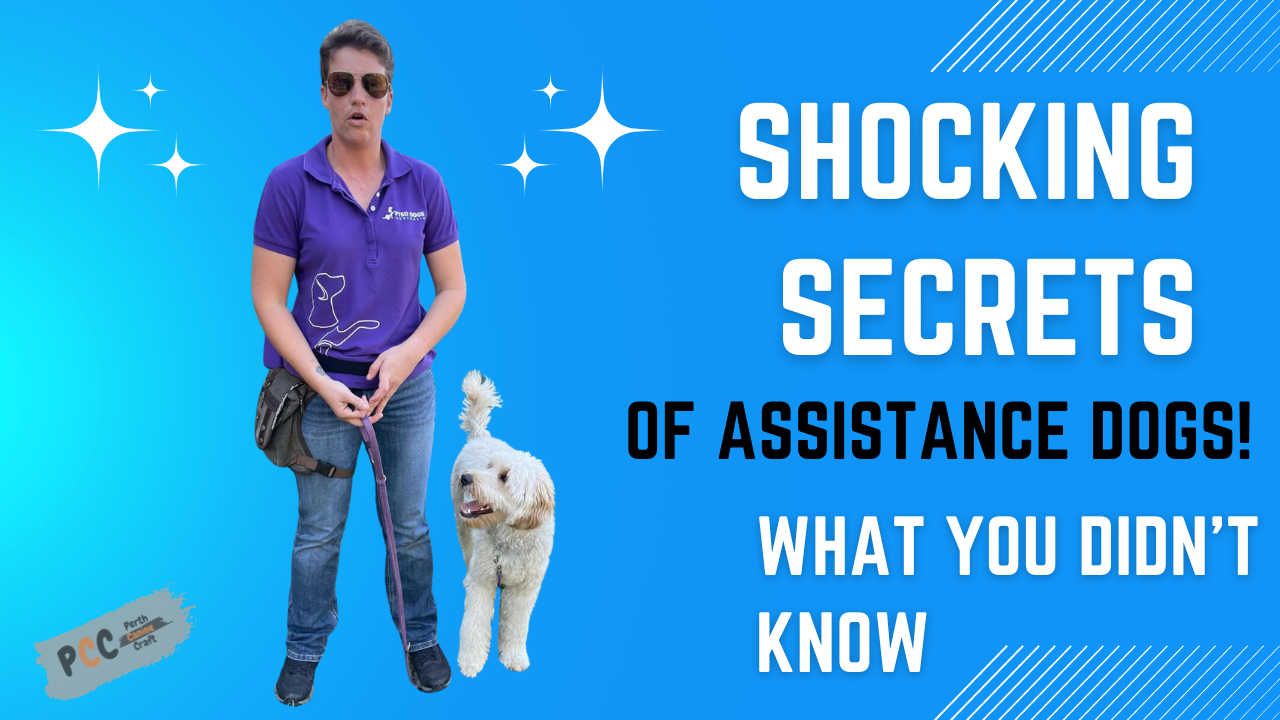
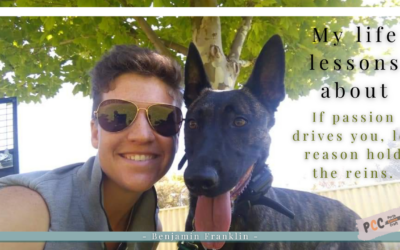
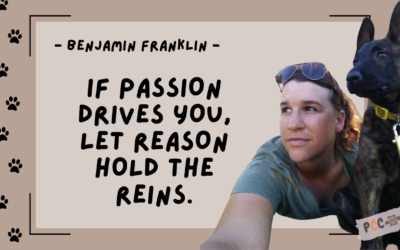
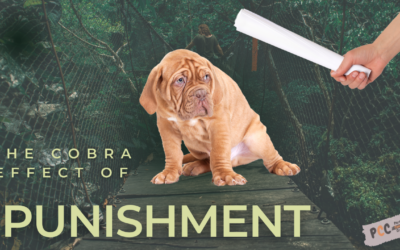
0 Comments